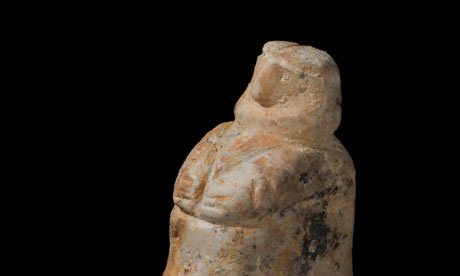 The US military's missile-defence laser is taking to the air for its first full-power try-out (Image: Russ Underwood, Lockheed Martin)
The US military's missile-defence laser is taking to the air for its first full-power try-out (Image: Russ Underwood, Lockheed Martin)From The New Scientist:
IT SHOULD be the moment of truth for the Airborne Laser (ABL). In the coming months, the multibillion-dollar laser built into a customised Boeing 747 will try to shoot a ballistic missile as it rises above the clouds.
Don't expect instant reports of success, though. Instead, if all goes to plan, we're likely to hear about a series of incremental improvements.
Read more ....
















































